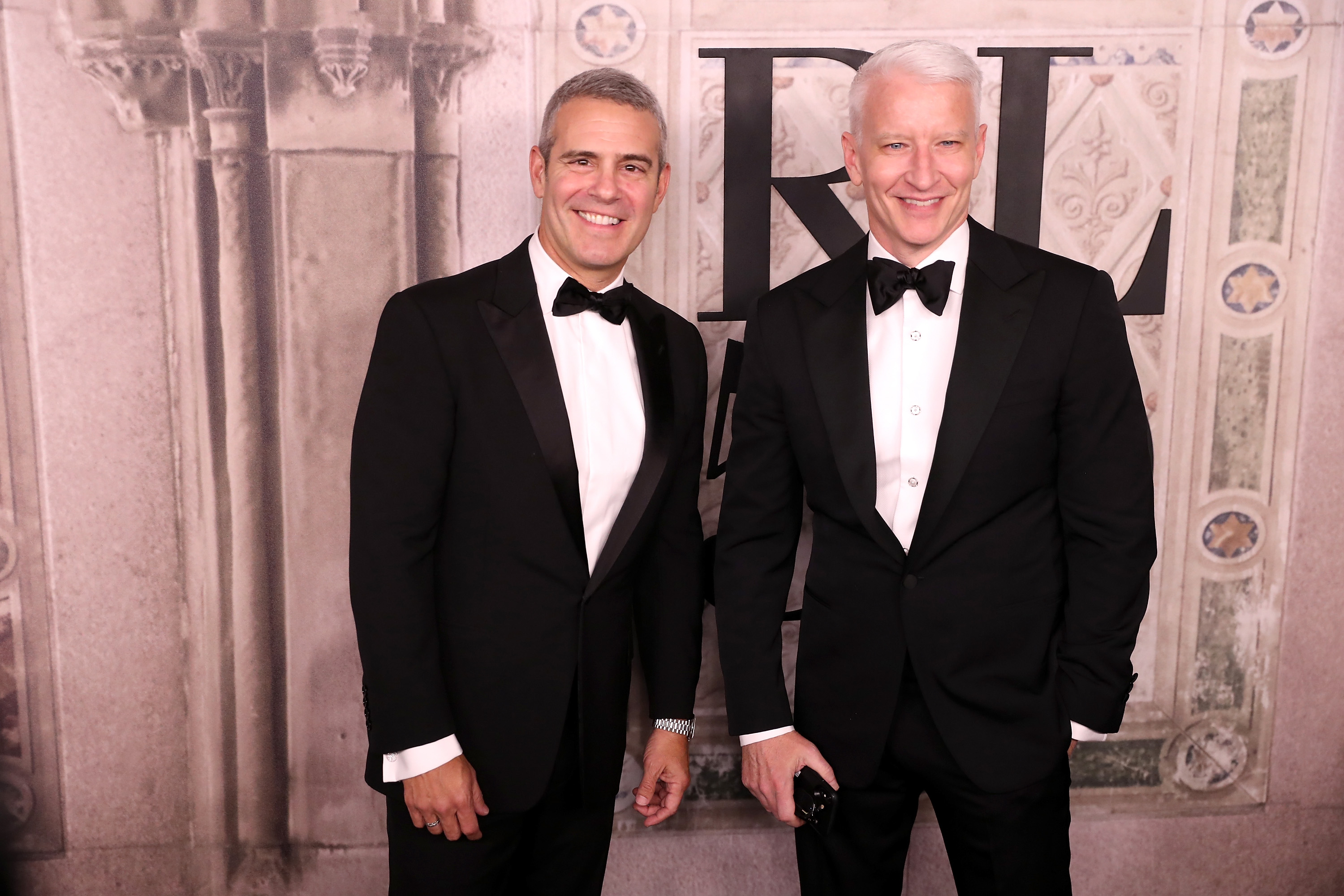Investigating novel phenomena resulting from electron interactions in semiconductor moiré superlattices

Published on February 4, 2024
Feature
After going through a thorough examination in adherence to Science X's editorial standards and policies, this article has been recognized for its fact-checked, peer-reviewed content from trusted sources, and for its impeccable proofreading.
Authored by Ingrid Fadelli of Phys.org
The superlattices of semiconductor moiré, a captivating class of materials constructed from artificial atomic arrays in a unique moiré configuration, hold tantalizing potential for the examination of quantum physics phenomena and related electron states. These structures, marked by robust electron interactions, offer substantial flexibility.
A recent study conducted by researchers at the Massachusetts Institute of Technology (MIT) aims to delve deeper into these materials and the underlying principles that govern them. Their publication in Physical Review Letters presents an innovative theoretical framework that could potentially aid in understanding large-period moiré superlattices. These superlattices feature weakly bonded electrons located in disparate potential wells.
According to Liang Fu, co-author of the study, their team has spent five years working on two-dimensional semiconductor moiré materials. These systems intrigue them, especially as electrons traverse in a periodic potential landscape, known as the moiré superlattice, and interact via Coulomb repulsion.
Remarkably, semiconducting moiré superlattices can be manipulated experimentally with relative ease. Physics researchers have the capability to regulate the electron density within these structures, altering the properties of their many-electron base states.
Fu explained that most previous studies centered around scenarios where each moiré unit cell contained one or fewer electrons. Their team chose to investigate the multi-electron regime to identify any new phenomena.
The behavior of multi-electron materials can be challenging to predict due to the various energy scales that can compete within these systems.
Aidan Reddy, the study's primary author, clarified that while kinetic energy can promote an electron liquid state, interaction and potential energy may favor an electron solid state. Through their theoretical framework, the researchers have managed to study large-period moiré systems, where electrons located in different potential wells are weakly coupled to each other.
The scholars applied their theoretical framework to examine the behavior of individual atoms in the moiré superlattice. Despite its seemingly straightforward nature, their approach offered valuable insights into various quantum physics phenomena.
Employing their theoretical framework, the researchers uncovered new physics that can be noted in multi-electron moiré superlattices. For instance, when each 'atom' in a superlattice contains three electrons, Coulomb interactions could lead to a 'Wigner molecule' formation. They also demonstrated that these Wigner molecules could form an emergent Kagome lattice, a unique structure, under certain conditions.
These striking self-organized electron configurations, detailed in the researchers' study, could spark additional research and offer inspiration to other physicists to examine charge order and quantum magnetism from a perspective not typically associated with conventional materials.
"Our work's most pivotal revelation is that electrons self-organize into fascinating configurations, like Wigner molecules, at special filling factors, due to a balance between the energy scales at play. Our Wigner solid prediction has been experimentally affirmed," added Trithep, a member of the research team.
The team aims to study the quantum phase transition between Wigner electron solids and electron liquids in the near future.
Journal information: Physical Review Letters, arXiv
© 2024 Science X Network




